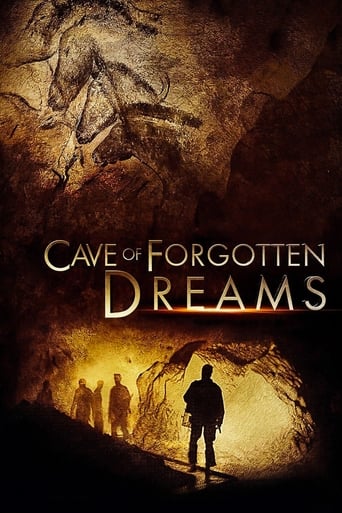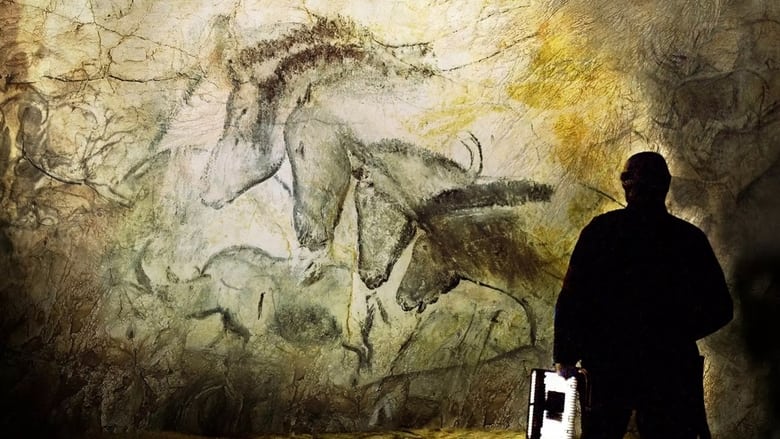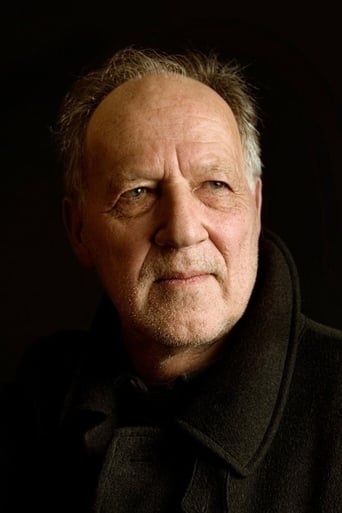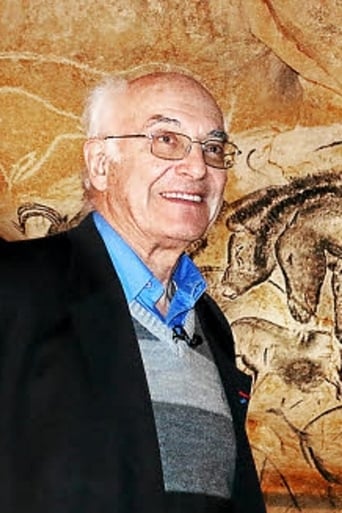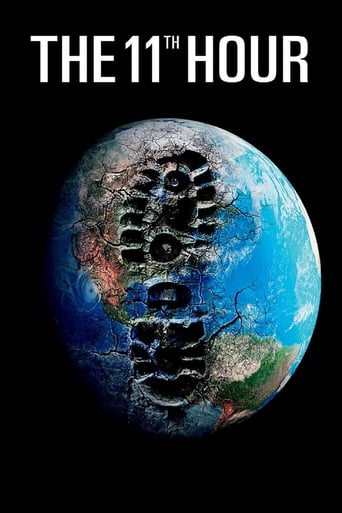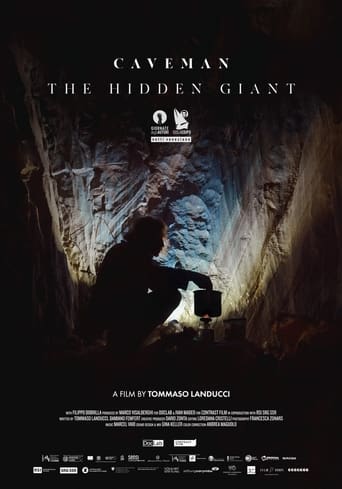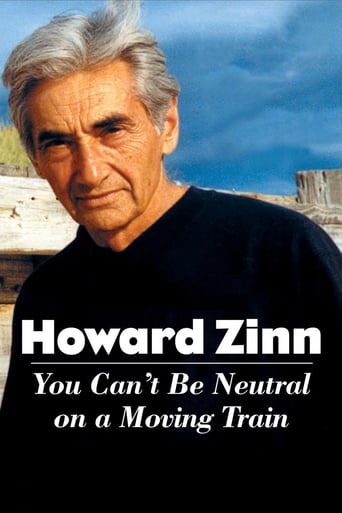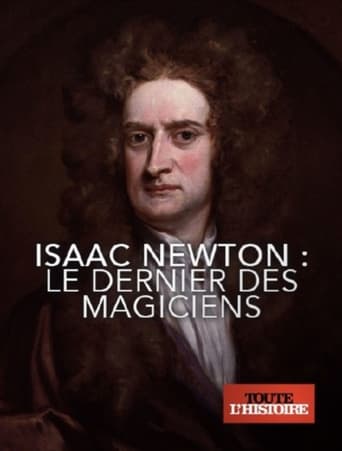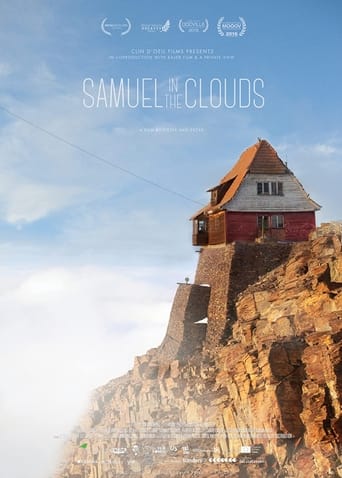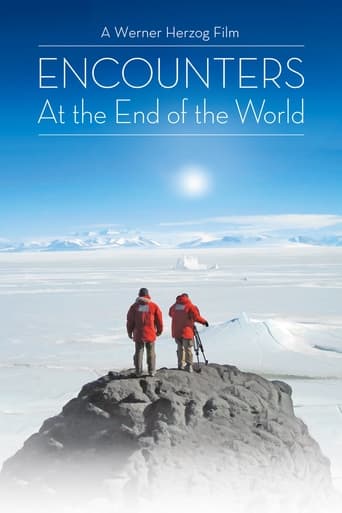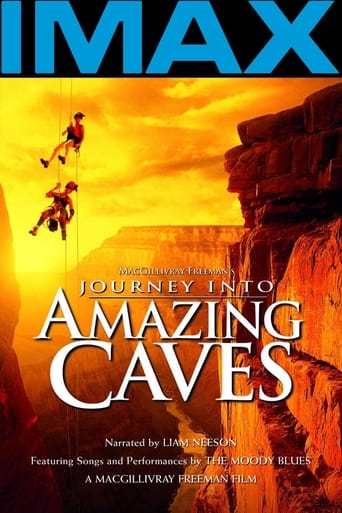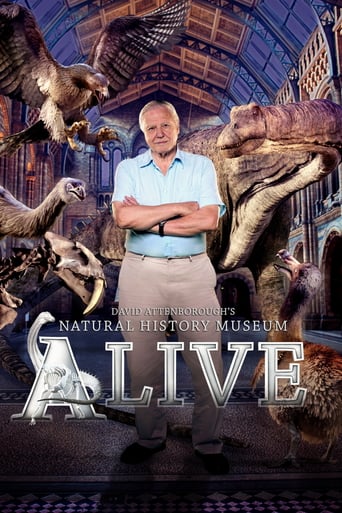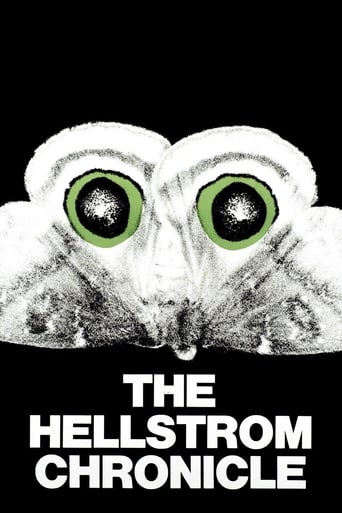Cave of Forgotten Dreams (2010)
Werner Herzog gains exclusive access to film inside the Chauvet caves of Southern France, capturing the oldest known pictorial creations of humankind in their astonishing natural setting.
Watch Trailer
Free Trial Channels
Cast


Similar titles
Reviews
Yawn. Poorly Filmed Snooze Fest.
A brilliant film that helped define a genre
This is a must-see and one of the best documentaries - and films - of this year.
It is a whirlwind of delight --- attractive actors, stunning couture, spectacular sets and outrageous parties.
A film that should touch the human in everybody. Werner Herzog's documentary "Cave of Forgotten dreams" brings images to the world, that have not been seen for over 20,000 years. This masterpiece in film takes us to view the oldest known pictorial works of art in human history some dating back as far as 32,000 years old. The artwork mainly consists of Horses, Lions and Bison of the time. Situated in a France, the "Chauvet caves" where discovered in 1994, up until that time the caves had been sealed completely by a rock fall and its contents locked in time. Herzog guides us poetically through the cave introducing us to the artwork made by humans of the upper Paleolithic era, offering interpretations from himself and eccentric experts. They include an archaeologist, a master perfumer and an anthropologist. Each of them puts in their own ideas and element of madness, coerced out by Herzog's peculiar questions. Often Herzog goes off track in his interviews and asks questions that would not normally spring to mind. This approach to telling the story purifies the concepts Herzog is trying to put across, Ideas of "The beginning of the human soul" and emotions and dreams of the ancient humans. This only magnifies the amazing and quite stunning story of the cave. Throughout the film Herzog perpetually looks for the human in all of his Interviewee's in an attempt to connect them to the human's of the past. I find the greatest achievement of the film is the bridge built by Herzog to the humans of the cave; he somehow restores a link over such an abyss of time that is truly remarkable. His poetic soliloquies require no further comment, only amazement and acknowledgment of the ideas he plants in your brain that grow if you let them. After the film I was left completely stunned at this beautiful delve into an ancient world and somehow I felt a strange empathy towards the humans of the time. The camera work and look of the film is gorgeous although within the cave Herzog is limited in his equipment and allowed only a few LED lights. Yet he manages to play with the shadows and textures of the paintings with light, enriching the visuals and creating movement. He try's to mentally take us to the cave and imagine the artists standing there, admiring their work by the light of fire's, as their paintings flicker, shift and move like real animals. Time and time again throughout the film you are left in state of awe, this film goes above and beyond the requirements of documenting; it reaches the heights of being culturally significant to the human community. An original music score was written for the film, it has a haunting quality. It plays mostly over images of the artwork, complimenting the camera work as the camera moves right as the animals face left. The illusion of movement is created with the lights and the music is appropriately titled "Shadow". This sequence in the film is so deep and raw with emotion, the animals really do appear real, as if in packs and out hunting. Herzog then explores outside the cave, introducing us to a Paleolithic flute made from ivory. A rather enthusiastic and possibly mad "experimental" archaeologist plays "star spangled banner" with the limited notes on the flute. This is yet again Herzog building a relationship between us and these wonderful humans of the past. Is he perhaps implying that 30,000 years ago, a man may have played that tune out of the flute, unaware of what that song would go on to represent? Or did it perhaps mean something then? There are few negatives that can be drawn from the film, and also for Herzog. Perhaps his fabrication of the lives of the ancient humans may be of an annoyance to the less poetically inclined, who want for concrete facts and no creative speculation. I find his style and vision faultless, if facts are what you are after then there are textbooks with them. Herzog provides so much more, that the only negative that can be cast upon him, will simply be a dislike to his film making in general. I will conclude as Herzog did exploring the ideas of humanness. I found this a very touching point to end the film on. His interviewee talks about the ideas that man has to communicate his surroundings, from the animals to the landscapes and humans themselves, there seams to be this urge to paint it, draw it or film it. Suggesting that visuals serve as a far greater articulation of human spirit than forms of oral language. Herzog suggests that this cave was possibly the start of such a communication with the future. A thought I had after the film was, what if the Humans of the cave could view this film, and how would they react to the wonder and amazement to their work? Would Herzog's interviewee's hypotheses come true, that these humans where trying to communicate their world to the future? It is perhaps that, but the real beauty in Herzog's outstanding film is that it will stand as a testament for humans of this civilisation to the humans of the next, it will tell of our fascination with Art, History and our fellow man.
I don't usually write reviews. In fact I don't think I've ever written one. My basic comments are similar to others I've seen here. The basic story of this cave art (assuming everything to be legitimate) is very interesting. But to most of us, this is probably a 5-10 minute story. The images are immediately stunning; but unless you are fascinated by the minutiae of artwork, it can't justify 60+ minutes. There are only so many times I can see the same horses, rhinos and lions etc. Then to boot, they tried to add some "filler" (e.g. interviews of people outside the cave), but the filler is very tangential and of borderline value. E.g. one guy who looks for caves by sniffing the air; with no suggestion that this actually works. And a former circus-worker theorizing about ancient art (based on a very loosely-relevant story about Australian art). And a guy explaining hunting with the atlatl (without using the term), with no real connection to the cave. I would have been interested in e.g. the actual finding of the cave itself (e.g. an interview of the persons who found it, or original accounts); or e.g. a scientific discussion of how we know that this is legitimate and not a hoax (aside from one very brief comment about some sort of growth over the art supposedly proving that it's real). Or heck, even of how they built that walkway in the cave without disturbing the surrounding floor. And there's not even any discussion of the absence of people (predominately) from the artwork. So it seems like there is other "filler" that might have worked (i.e. relevant and interesting filler). Nuff said I guess.
The images of the 30 or 40-thousand-year-old drawings inside the Grotte Chauvet are absolutely stunning, spell-binding, wondrous. If you're the sort of person who is moved and amazed by this kind of thing, then this is truly your kind of thing! What mars the documentary are three elements: 1) an almost total lack of archaeological/anthropological explanation (and I don't count the pony-tailed ex-circus juggler-turned-archaeologist who barely seems to understand Herzog's ridiculous questions and does his best to respond but still ends up sounding like a French Milhouse Van Houten; 2) a musical soundtrack that is grating, repetitive, irritating, over-the-top, inappropriate, and just plain preposterous (flights of celestial choruses drone as the camera pans over the paintings on the cave walls); and 3) Herzog's inane, pretentious, Euro-trash narration, which comes in at about the intellectual level of a thoroughly stoned junior high student. Just wait for the last few minutes when you get to the part about the albino crocodiles and see if you don't hoot with laughter. The Chauvet Cave is extraordinary; Herzog is a farce.
Perhaps this was intended as a Monty Python flavored mocumentary of some particularly pompous and solemn History Channel product. If it is, Werner has succeeded brilliantly. It's hilariously Dickensian in its portrayals of slightly loony characters and in throwing around jumbled theses in response to the Really Big Questions: Who are we? What is art? What is that awful music in the background? Will mutated white alligators some day make mocumentaries about us? Herzog and his cast of zanies play around with these gas-filled profundities, while we wait impatiently for some clear, well-lighted shots of those quietly beautiful sketches by our ancestors or some more earnestly scientific speculation on means, motives,and methods of the ancient artists. Instead we keep getting Gallic stereotypes like the sniffy matron d'cave guide who scolds the crew, reminding them not to step off the gangplank because their stupid boots will tramp out the 10,000 year-old footprints of a cave bear and then pauses to insist (rather too eagerly)that an indecipherable lump of rock shows a minotaur or something molesting the lower part of a woman's...well, you get the picture: the world's oldest cave porn. Then there is the paleo-reenactor who demonstrates the art of operating an atl-atl spear-sling, apparently attempting to fatally impale a grape arbor. Or do you prefer the archivist who shows us his collection of pendulous paleo-Venus carvings. One in particular he seems exceptionally fond of, not enough to marry perhaps, but at some point one expects he's about to say, "Could you all just please leave my lab now? We want to be alone." Eat you heart out Mel Brooks. Don't even get me started on the nice old guy who informs us he was once the Master of All French Perfumers or some such and who now wanders the wilds so he can sniff his way into promising holes in the ground, where he asks others to join him in smelling the essences of our deodorant-innocent ancestors. At one point he seems to get quite confused, staring into the camera as if to ask, "Am I ready for my close up now, Mr. Herzog?" All this is great for evoking chortles, of course, but there is such beauty in these caves (look at the haunting portrayal of the four expressive, individualized horses, for instance)that one wishes a more down-to-earth (pun intended),less artsy director had made a documentary on the subject.

